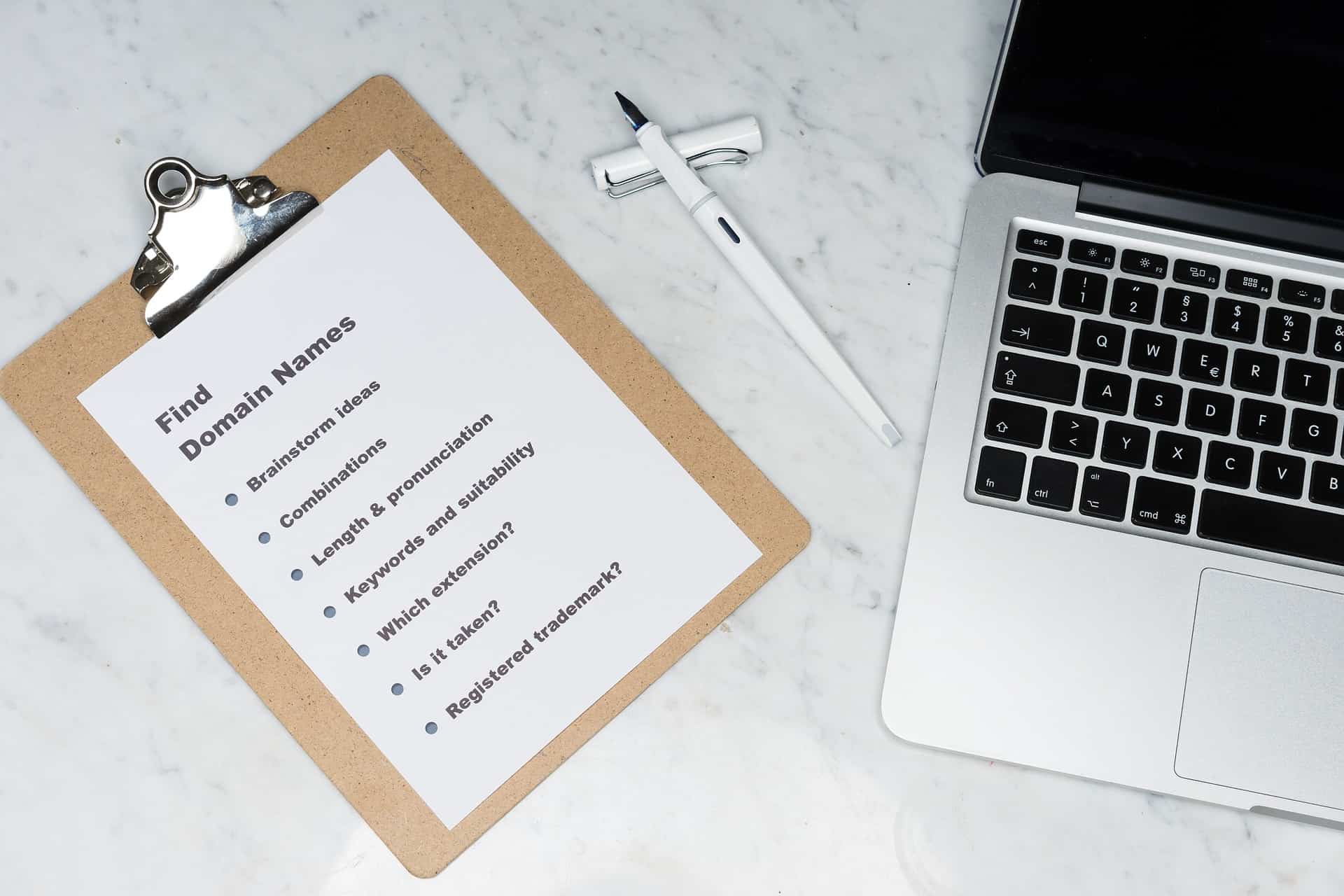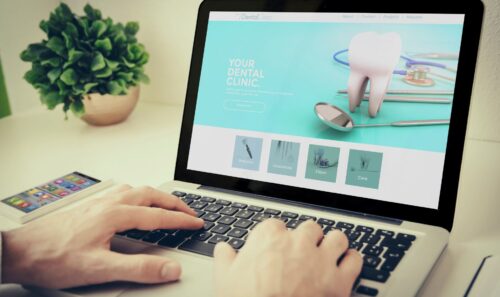Have you ever wondered why Tesco, Shell or Lego never change their corporate identity? The answer apart from the cost is that they got it right first time round – no need to change it.
Very often the development process for a new corporate identity is started by the client or the graphic designer having needless long conversations concerning the colours or the typeface which frankly is an upside down approach to the challenge – a bit like you assuming the patient’s pain is from a certain tooth without carrying out a full examination – you would not do it.
The best designs need a detailed brief – the better the brief the better the outcome, of course there is still room for personal taste or preferences but fundamental to all designs that will be presented is that they must clearly answer the brief.
The process for building a robust brief is straight forward.
Stage 1 – getting the basics right
-
- Define the core proposition of your practice – e.g.
– low cost high quality dentistry
– easy access dentistry – open 7 days per week with parking
– High tech/high skill advanced dentistry etc. - Define what treatment modalities you are going to deliver – this is critical as the future of new patient acquisition in dentistry will be treatment lead
- Define your price position – Morrison’s or Waitrose
- Define your target market(s) the people who are going to be your patients – you can start by looking at your existing profile of patients, then consider the profile of people that live in your catchment – finally reflect on the treatments you are going to provide and who is going to buy them, for example adult orthodontics will often appeal to a very wide cohort of patients with multiple income profiles – clearly this has an impact on your design – too sophisticated and you may exclude certain patients. To assist in the development of targeting it is essential to build 2/3 conceptual targets for each treatment type.
- Define the core proposition of your practice – e.g.
Example of conceptual target for facial aesthetics;
Mark Johnson – single, 38, works for Ulster Bank as a senior relationship manager, earns 47k, lives alone with his cat in a 2 bedroomed luxury apartment, drives a red Mazda MX5, takes 3 overseas holidays in the sun every year, knows he can look better than he does right now. The brands that Mark likes include Waitrose, Apple and Dior……..
Stage 2 – building your dental brand
Considering all the components of Stage 1 you now need to create your brand DNA. Your brand effectively provides you and your designer with the tightness your brief has to have in order to create the right ‘tone of voice’, the right typography and signal colours that reflect the practice you aspire to be. Having now defined your brand all future decisions you make in the practice from recruitment (is he/she ‘on brand?’) to whether you charge for missed appointments will be checked against your brand.
There are essentially 2 elements to a brand:
1. Brand personality – considering all of the elements in Stage 1, what personality should your brand communicate e.g. cool sophisticated, aspirational or contemporary, retail, energetic. The personality of the brand could literally be the personality of the lead clinician or owner – think of Richard Branson and the Virgin brand or Jamie Oliver – there is undoubtedly a big opportunity for dentistry to create its own celebrity chef type dentists – but be careful there are downsides to this too.
2. Brand attributes – this is what your brand or your practice gets credited with e.g;
- They are always there for you – they open 7 days a week.
- They carry out treatments you simply cannot get anywhere else
- They are the best for implants in Yorkshire
- It is a high tech high skill practice
- It’s a Specialist only practice etc.
Stage 3 – designing the corporate identity
Having completed Stage 1 and 2 you should now have a very tight brief for your designer, making their job straight forward and logical removing all the unnecessary discussions about whether you prefer blue or green or Times bold to Tahoma typefaces – a competent designer will present you with 3 very different approaches with comprehensive colour palettes all of which answer the brief.
You now need to pick one.
Stage 4 – the brand book
Having chosen the design, the next step is to create the brand book which is your perpetual reference to how things are done in communication terms at your practice. Using the guide you will be able to easily interpret the design into all the elements of your practice, the obvious components are uniforms, name badges, signage, website the less obvious ones are interior design, lighting, tone of voice, smells, patient communication is it ‘Doctor’ or ‘Tony’ etc.
Get in touch to start your dental brand journey with us today.








